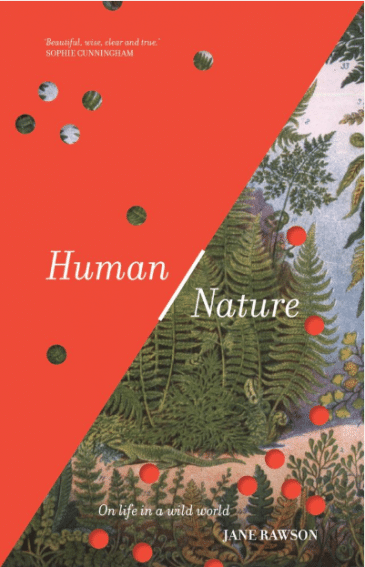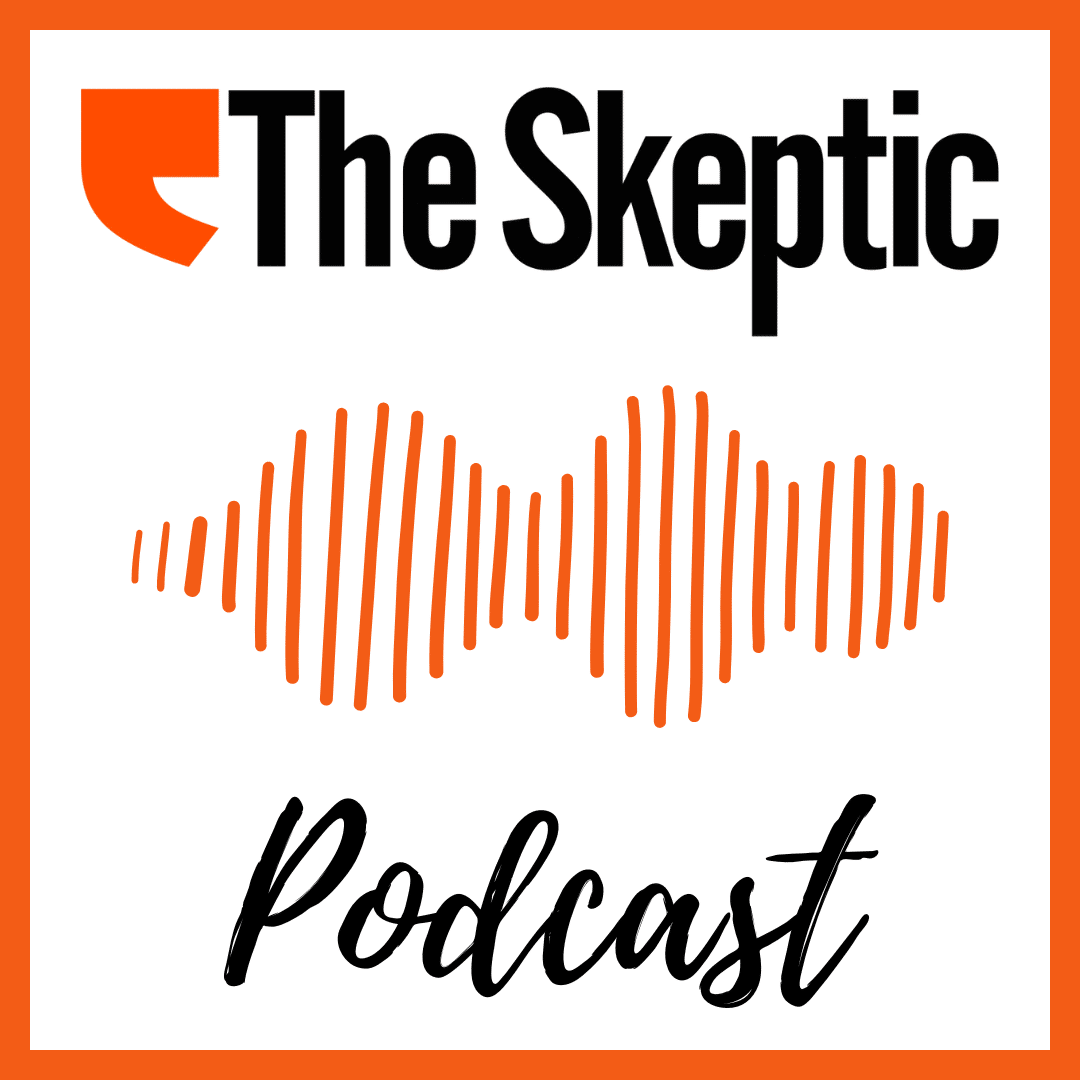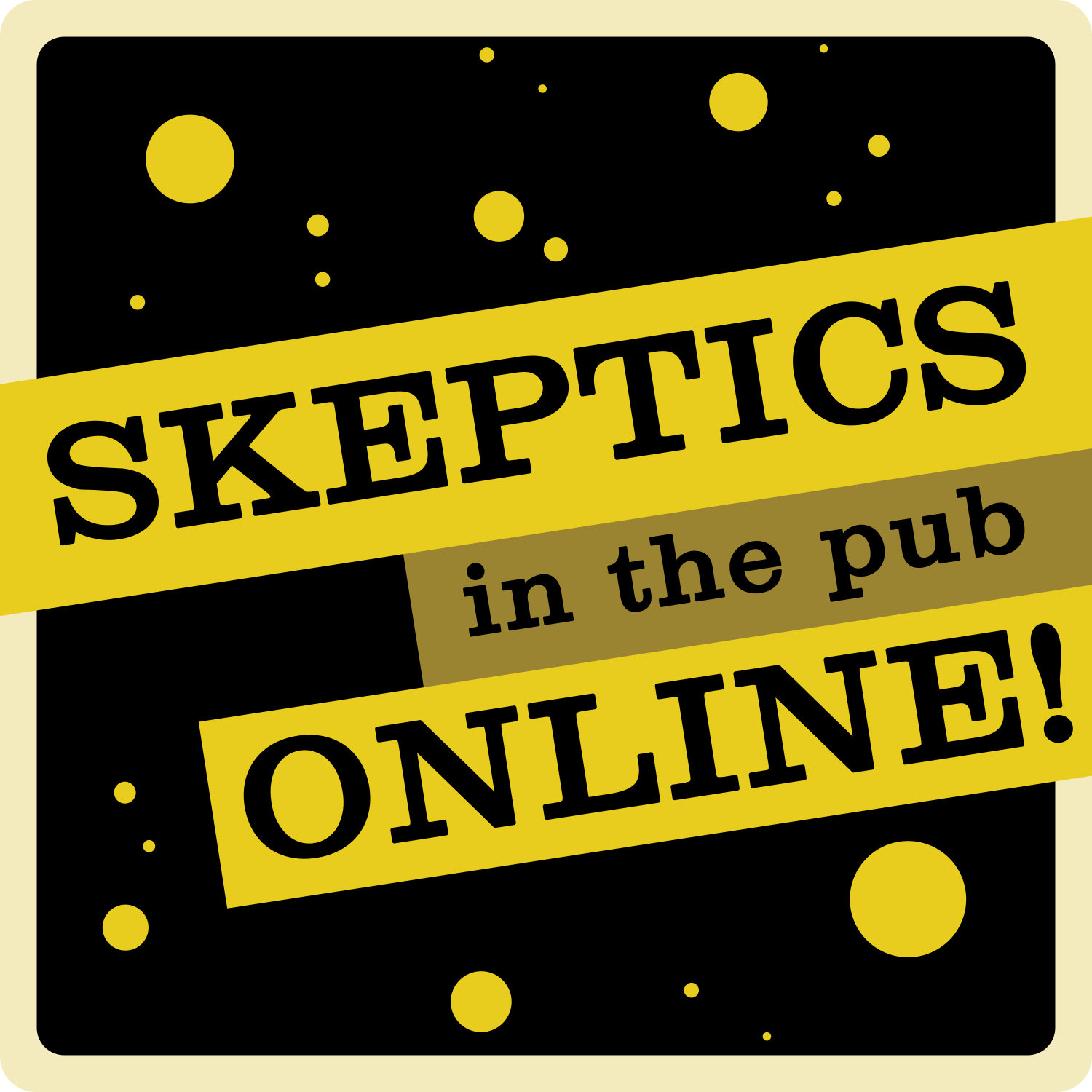
When American artist Jackson Pollock was asked if he painted from nature he reportedly replied, “I am nature.” For most of us the division between what is nature and what’s not is less distinct. “Human/Nature: on life in a wild world“, by Jane Rawson, sets out to uncover the background to this distinction, to interrogate what has shaped our ideas about nature and what those ideas unwittingly hide.
But before the interrogation, a confession:
“I am not a bushwalker. I like art exhibitions and grotty little bars. I have towncraft: I can navigate a metro system, choose an unusual but satisfying combination of dishes from a menu, find a calm place to read a book. I do not have bushcraft.”
Our guide is not a tree hugger and this is not a one-sided lament about how society perceives or treats nature. Instead we are in the hands of a someone who responds to the outdoors with fear and vigilance but is also a lifelong conservationist who thinks and writes about nature, was environment editor at The Conversation, co-authored a book on climate change and currently edits a literary magazine. It is this standpoint that is the book’s strength.
Observations about how humans relate to nature are not presented as dogmatic truths but are seen through the eyes of a curious mind turning over the implications of a Noah’s Ark of facts, theories, myths and assumptions. Some of which will be confronting for the committed conservationist, such as questioning our preoccupation with saving animals when they make up less than 1% of the total mass of life on Earth (and that includes insects).
The six central chapters, bookended by personal confession and a call to love all of nature, examine our world from the perspectives of nostalgia, extinction, intelligence, belonging, killing and fear. Each exposes beliefs and biases that convince us nature is as we would like it to be – stable, ordered, balanced.
Early casualties amongst myths and certainties are the concept of wilderness and the fixed nature of species. We learn that a defining property of twenty first century wilderness is inaccessibility, places to be experienced by the privileged few, and that there are at least four competing definitions within biology of what constitutes a species. One consequence being that the relative number of birds and mammals on Earth is due in part to the fact that bird taxonomists are lumpers and mammal taxonomists are splitters.
Ever since the discovery of mathematical order in the heavens, humans have assumed a similar underlying order to life, and on the strength of this conviction have made it so by naming things. Naming and cataloguing have become acts of possession, assigning to the living and non-living alike a place in our world from which they are loved, feared, protected or destroyed depending how similar, useful, threatening or aesthetically pleasing we find them. And if those things are rare, especially the never common or last of their kind, we love them all the more. Why rarity in nature is intrinsically valuable and what this means for conservation is left for the reader to ponder.
The trail of unsafe assumptions that support our view of nature ultimately leads to moral philosophy and politics: “…our idea of nature is cultural…constructed to serve the needs of a powerful few.” A debate that was once focused on the rights of individual humans is extended to all of life: should all living things be regarded as individuals with needs and interests, or collectively as members of a species?
Rawson compares the views of ecologist Michael Soulé with philosopher Val Plumwood. Soulé contends, “It may seem logical to extend the aversion of anthropogenic extinction of populations to the suffering and untimely deaths of individuals because populations are composed of individuals. I do not believe this step is necessary or desirable for conservation biology.” Plumwood on the other hand argues that “…humans stand apart as irreplaceable and unique individuals … nonhumans on the other hand are cast in a very different story, in which they figure as replaceable members of much more holistic groupings such as populations and species, as characters in…narratives of energy flows and exchanges in the food web”
Eventually Rawson sides with philosopher Thom Van Dooren: “…it is always individuals that are acted upon, and some broader group membership or characteristic that determines the form of that action. Both positions necessarily allow the sacrifice of those that don’t ‘make the cut’.” That cut being decisions made by humans based on what we like, and what’s like us.
The discussion ultimately exposes the arbitrary nature of how we value nature and why we distinguish between nature and non-nature:
We make decisions about whose welfare is worth attending to and whose is not, and how far we’ll go to protect it, usually based on which grouping – or species – we’ve assigned them to. We talk about these decisions as though they are logical, obvious, but they are deeply rooted in ideology.
This engaging and ultimately optimistic book sympathetically blends personal experience and thoughtful enquiry to challenge the way we see ourselves and the world around us. It deserves to be high on the reading list of all committed conservationists.



